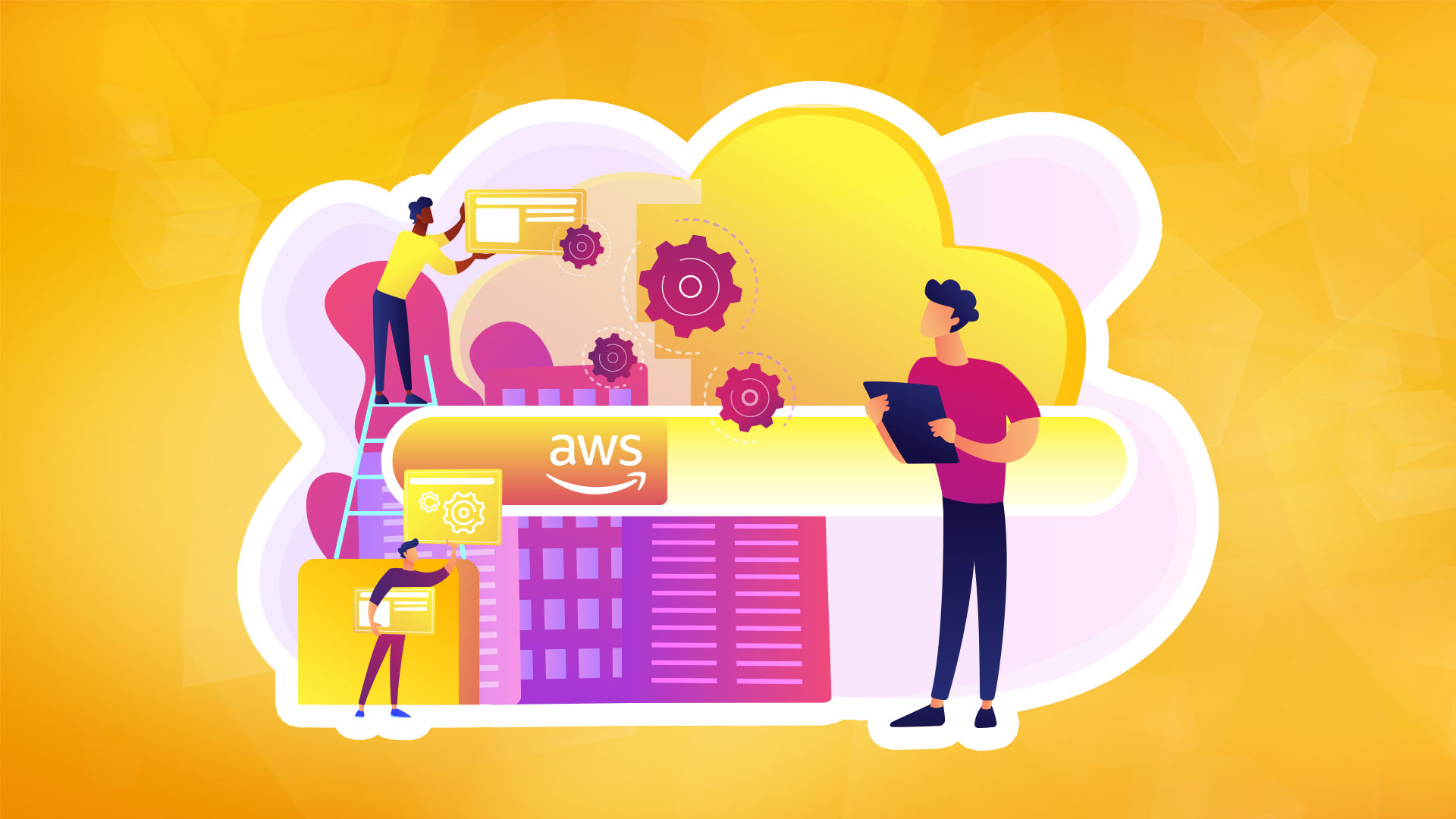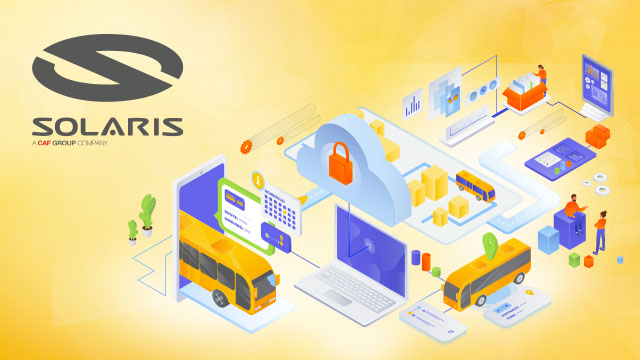The most common mistakes when configuring AWS and how to avoid them

Amazon Web Services (AWS) is one of the world's most popular cloud platforms, offering a wide range of services to businesses of all sizes. However, even the most advanced users can make mistakes when configuring and managing their AWS infrastructure . These mistakes can lead to serious problems such as increased costs, reduced performance or security breaches. In this article, we will discuss the most common mistakes when configuring AWS and suggest how to avoid them.
- Failure to properly manage IAM permissions
The problem:
One of the most common mistakes is granting excessive permissions to users or applications using AWS Identity and Access Management (IAM). Using the ‘AdministratorAccess’ rule for all users can lead to unauthorised access or accidental deletion of key resources.
How to avoid:
- Least privilege rule: Assign only those permissions that are absolutely necessary to perform a specific task.
- Use groups and roles: Instead of assigning permissions to each user individually, use IAM groups and roles with predefined policies.
- Regularly review IAM policies: Ensure that IAM policies are up-to-date and in line with the needs of the organisation.
- Inappropriate configuration of network security (Security Groups)
Problem:
A common mistake is to leave ports open to the entire world (e.g. 0.0.0.0/0) in Security Groups, which exposes applications to external attacks.
How to avoid:
- The ‘closed door’ rule: Open ports only for specific IP addresses that require access.
- Use VPC (Virtual Private Cloud): Segment your network to limit traffic between different parts of your infrastructure.
- Monitor and audit: Regularly check Security Groups configurations to avoid accidental security vulnerabilities.
- Ineffective access key management
Problem:
Storing AWS access keys in application code or configuration files is a serious risk. If they are leaked, an attacker can gain full access to your AWS account.
How to avoid:
- Use AWS Secrets Manager or AWS Systems Manager Parameter Store: Securely store and manage your keys.
- Apply IAM roles: Assign IAM roles to EC2 instances or containers to reduce the need for access keys.
- Regular key rotation: Cyclically changing access keys minimises the risk of key misuse.
- Suboptimal cost management
Issue:
AWS offers a ‘pay-as-you-go’ billing model, meaning you only pay for what you use. However, a lack of control over the resources you run can lead to unnecessarily high bills.
How to avoid:
- Tagging resources: Tag resources with tags to make it easier to keep track of which resources are actually needed.
- Automating shutdowns: Set up schedules to shut down unused instances during non-working hours.
- Use AWS Cost Explorer: Monitor and analyse your costs, identifying areas for optimisation.
- Lack of backup and disaster recovery policies
Problem:
Lack of regular backups and a disaster recovery plan can result in data loss or prolonged downtime in the event of a disaster.
How to avoid:
- Automatic backups: Use AWS Backup to create and manage backups of critical data and applications.
- Test DR (Disaster Recovery) plans: Run regular disaster recovery tests to ensure your plan is working as expected.
- Multi-region redundancy: Store copies of data in different regions of AWS to increase disaster resilience.
- Failure to scale
Issue:
Improper autoscaling configurations can lead to insufficient resources during peak hours or excessive costs during low load periods.
How to avoid:
- Configure Auto Scaling groups: Set minimum and maximum scaling values for EC2 instances to accommodate varying loads.
- Monitor performance: Use Amazon CloudWatch to track performance metrics and adjust scaling parameters.
- Use AWS Elastic Load Balancer: Automatically distribute traffic between instances to ensure application stability.
- No monitoring or alerts
The problem:
Lack of monitoring of AWS infrastructure can lead to delayed response to issues, resulting in reduced application availability and performance.
How to avoid:
- Configure Amazon CloudWatch: Monitor key metrics such as CPU load, network bandwidth or memory usage.
- Create alerts: Set alerts when anomalies are detected or defined thresholds are exceeded.
- Use AWS Config: Automatically check resource compliance with security policies and best practices.
- Ignore updates and patching
Problem:
Outdated instances and software expose applications to security risks.
How to avoid:
- Regular updates: Use AWS Systems Manager Patch Manager, to automatically update EC2 instances.
- Use managed services: Services such as AWS Lambda or AWS Elastic Beanstalk automatically take care of environment updates.
Summary
AWS is a powerful tool that, when properly configured, can significantly improve application performance and reduce operational costs. However, configuration errors can result in technical, financial and security issues. The key to avoiding these issues is to regularly review your setup, follow best practice and invest in training for your team. This will help you get the most out of AWS while minimising the risk of errors.
If you would like to learn more about optimising your cloud infrastructure, feel free to contact our team of Hostersi experts.



